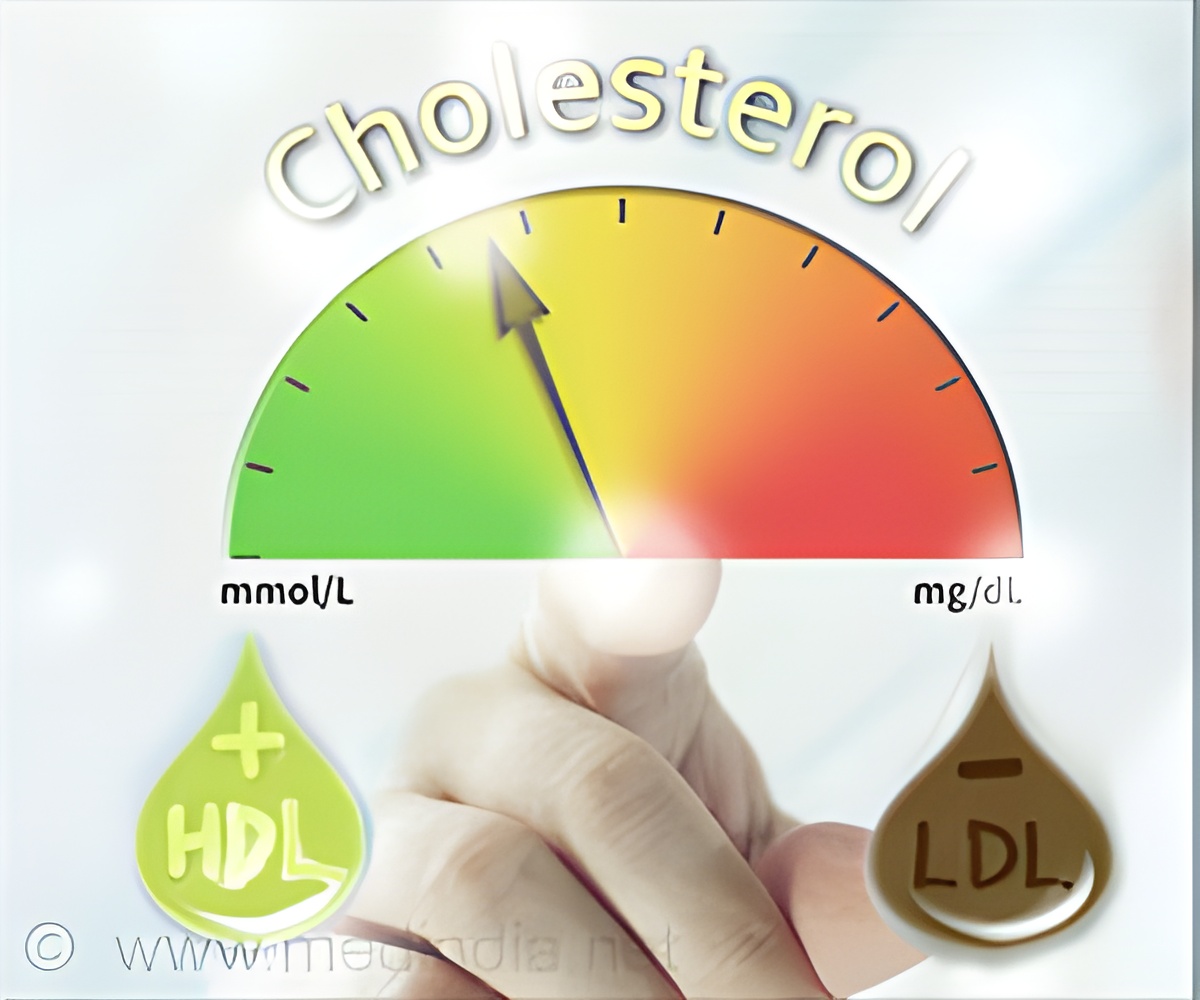In patients for whom statin treatment is not an option, the drug alirocumab was to be compared with a different lipid-lowering drug as monotherapy.

TOP INSIGHT
Drugs known as PCSK9 inhibitors, such as alirocumab or evolocumab, help remove low-density lipoprotein (LDL) cholesterol in the liver.
Hypercholesterolaemia is diagnosed when the LDL cholesterol levels in the blood are high. In mixed dyslipidaemia, triglyceride levels may also be elevated. Untreated, both disorders can lead to cardiovascular disease such as coronary heart disease or arteriosclerosis if the values are very high.
Standard treatment options include diet in combination with lipid-lowering drugs (such as statins) or, if drugs and diet are insufficient, LDL apheresis, a procedure similar to dialysis, in combination with drug treatment. In LDL apheresis, LDL cholesterol is eliminated from the blood. For some patients however, these measures are insufficient.
Drugs known as PCSK9 inhibitors, such as alirocumab or evolocumab, help remove LDL cholesterol in the liver. The enzyme PCSK9 binds to LDL receptors of the liver cells instead of LDL cholesterol, causing the receptors to be broken down, thus increasing the cholesterol level in the blood. If a substance such as alirocumab blocks this enzyme, the number of LDL receptors is increased and cholesterol levels can drop.
G-BA defined three research questions
In patients for whom statin treatment is not an option alirocumab was to be compared with a different lipid-lowering drug as monotherapy. And for patients for whom drug and dietary options for lowering lipid levels are exhausted LDL apheresis was to be the appropriate comparator therapy.
None of the twelve studies in total cited by the manufacturer in its dossier for these three research questions answers the relevant research questions of the early benefit assessment. Firstly, part of the patients had received no prior therapy with their maximum tolerated dose of statins in numerous studies on the first research question. This is a prerequisite for treatment with alirocumab, however.
Secondly, the appropriate comparator therapy was not adhered to in many studies, or no data were available for those study participants who corresponded to the inclusion criteria. And thirdly, some of the studies were too short, as was the case already with evolocumab. Hypercholesterolaemia and mixed dyslipidaemia are chronic diseases; alirocumab is intended for long-term treatment. Hence studies with a minimum duration of one year are required to assess benefit or harm.
Since none of the studies was relevant for the benefit assessment, there was no hint of an added benefit of alirocumab in comparison with the respective appropriate comparator therapy for any of the therapeutic indications.
G-BA decides on the extent of added benefit
This dossier assessment is part of the early benefit assessment according to AMNOG supervised by the G-BA. After publication of the dossier assessment, the G-BA conducts a commenting procedure and makes a final decision on the extent of the added benefit.
Source-Eurekalert
 MEDINDIA
MEDINDIA



 Email
Email




